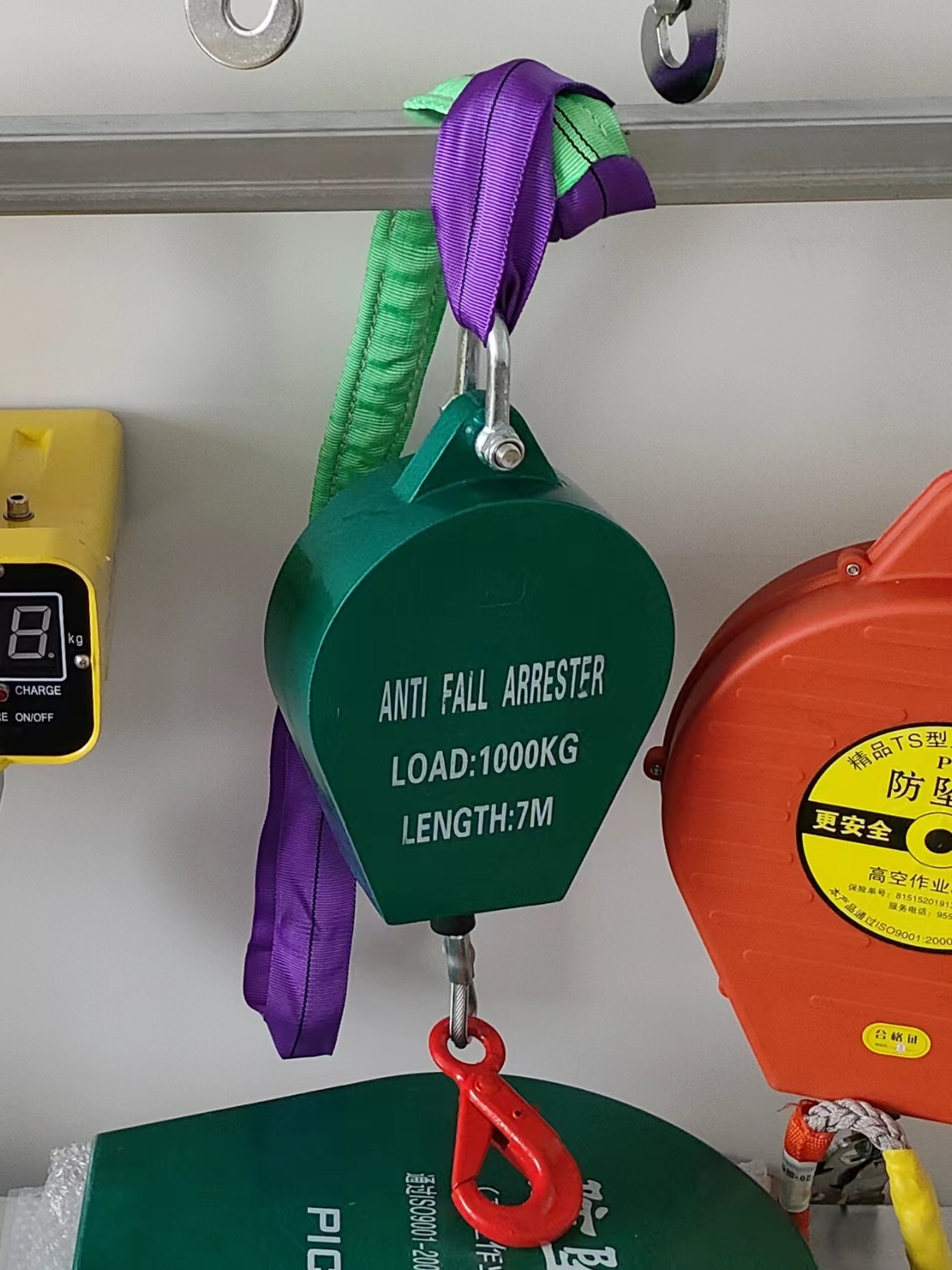


Designing the Perfect Pallet Truck Key Considerations and Innovations
Pallet trucks, also known as pallet jacks, have become indispensable tools in warehouses, distribution centers, and retail environments. Their primary function, to lift and transport palletized goods, is foundational to optimizing logistics and ensuring the smooth operation of material handling processes. As industries evolve and demands shift, the design of pallet trucks must adapt to provide enhanced efficiency, safety, and usability. Here, we will explore the essential considerations and innovative trends in pallet truck design.
Understanding the Basic Components
A pallet truck typically consists of a sturdy frame, forks, hydraulic lifting mechanisms, wheels, and a handle. The frame serves as the backbone, providing structural integrity and supporting the weight of the load. The forks, which slide under pallets, need to be designed with precision to ensure compatibility with standard pallet sizes. The hydraulic system is crucial for lifting and lowering loads; hence, it must be both efficient and reliable. The wheels, whether made of rubber, polyurethane, or nylon, play a key role in maneuverability, especially when transporting heavy loads.
Ergonomics and User Experience
As with any industrial equipment, ergonomics is a significant aspect of pallet truck design. Operators often work in demanding environments, maneuvering through tight spaces, which can lead to physical strain over time. To mitigate this, designers are incorporating features such as adjustable handle heights, smaller turning radii, and easy-to-reach controls. A well-designed ergonomic handle allows for a comfortable grip, reducing the risk of injury.
Moreover, the weight distribution of the truck is critical. A well-balanced pallet truck can be maneuvered with minimal physical exertion. Innovations such as lightweight materials can not only enhance maneuverability but also ease transportation for operators.
Advancements in Technology
The rise of automation and smart technology has begun to influence pallet truck design significantly. For instance, electric pallet trucks equipped with advanced sensors can automatically adjust to varying load weights and terrain conditions. Integration with warehouse management systems (WMS) allows for real-time tracking of inventory and enhanced operational efficiency. Some modern pallet trucks even come equipped with built-in scales, enabling operators to weigh loads as they transport them, reducing the risk of overloads and improving shipping accuracy.

Safety Features
Safety is paramount in any material handling equipment. Collision detection systems, which use sensors to prevent accidents in crowded warehouse environments, are becoming more common. Additionally, features such as automatic braking, load stability mechanisms, and improved visibility through reflective coatings or integrated lighting can significantly enhance operator safety.
Another consideration is the design of the forks. Forks that are too wide can lead to instability, while those that are too narrow may not adequately support the load. Therefore, designing forks that can adapt to different pallet types—Euro Pallet, American Pallet, or custom sizes—while ensuring stability is a critical aspect of modern pallet truck design.
Sustainability in Design
As industries move towards more sustainable practices, the design of pallet trucks is not left behind. Manufacturers are exploring eco-friendly materials and production processes. For example, using recyclable materials can significantly reduce the carbon footprint associated with pallet truck manufacturing. Additionally, battery-powered electric pallet trucks are becoming the norm, replacing gas-powered alternatives that generate emissions.
The Future of Pallet Trucks
Looking forward, the future of pallet truck design is likely to be shaped by greater integration with warehouse automation technologies. This includes automated guided vehicles (AGVs) and the Internet of Things (IoT), which will lead to smarter, more connected pallet trucks that can communicate with other machines and systems to optimize operations further.
In conclusion, the design of pallet trucks is at a fascinating crossroads of tradition and innovation. As industries continue to evolve, the need for efficient, safe, and user-friendly equipment becomes paramount. With advancements in technology, a focus on ergonomics, and an increasing emphasis on sustainability, the future of pallet truck design promises to enhance productivity and safety in material handling, paving the way for more efficient supply chains worldwide. As we embrace these changes, the humble pallet truck will undoubtedly continue to be a vital component of logistics and material handling for years to come.



